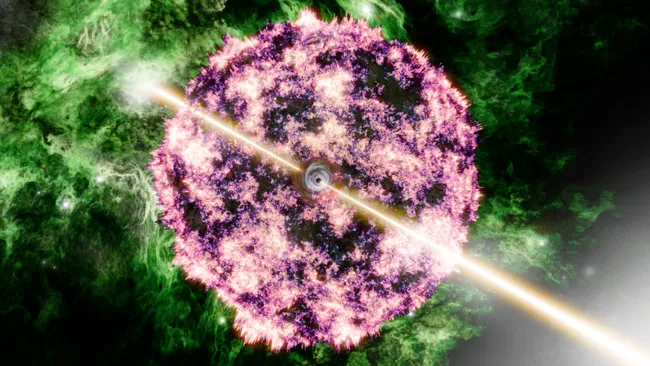By David Szondy
April 12, 2024
https://newatlas.com/space/advanced-sol ... dy-launch/
NASA is gearing up to launch an advanced solar sail spacecraft later this month. Using a new boom made of lightweight polymer composites, the Advanced Composite Solar Sail System is scheduled to lift off on April 24.
Solar sails are one of those technologies that are almost charming based on their basic principle. We often talk about this or that concept in terms of metaphors or analogies, but solar sails don't need that. That's because they aren't just similar to earthbound sailboats – they operate on exactly the same principle.
The differences are the obvious ones. Sailboats travel on water and are pushed along by the wind. Solar sails travel in a vacuum pushed by the solar winds from the Sun – a plasma flow of mainly protons and electrons that are constantly emitted from the Sun at differing speeds and densities. In that practical sense, it can be harnessed in exactly the same ways our atmospheric winds can; like a sailboat, a solar sail can run before the solar wind, tack, heave to, and carry out pretty much any other maneuver.


